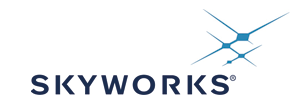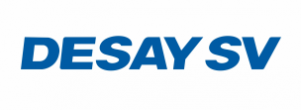The DRM Consortium is pleased to present for the first time the new complete “DRM Introduction and Implementation Guide” at the International Broadcasting Convention (IBC) in Amsterdam. The official launch will take place during the “Sunday Brunch with DRM” event on Sunday 9th September from 1100-1300 at IBC Congress Square Pavilion 2. During the networking event participants will also be able to see and experience DRM and have a chance to win a copy of the Guide or a DRM receiver. The handbook will be made available for download for free from tmp.drm.org.
DRM guide editor, Nigel Laflin, believes that the Implementation Guide is a “must-have” document aimed at the management of radio broadcasting organisations in the areas of policymaking, programme making and technical planning. “It covers commercial considerations, regulatory aspects and the latest technical developments (including DRM+), says Nigel Laflin, “all of which need to be taken into account when formulating an implementation strategy for the introduction of digital radio services”. To attend the event, please contact projectoffice@drm.org
The DRM theme at IBC is ‘Less Energy, More Listeners’, emphasizing DRM’s credentials as a ‘green’ technology.Three key Consortium members will host events on September 8th and 9th showing participants a new system for enhancing SW (Thomson – Hall 14.B20 on the 8th at 1100), how to save energy using pre-correction in DRM transmitter systems (Transradio – Hall 8.D30 on the 8th at 1500) and the efficient use of DRM+ and DRM30 with a live transmission to prove it (Nautel – Hall 8.C61 on the 9th at 1500). The sessions will be practical, an ideal way to catch up with this unique technology.
The DRM Consortium and Nautel are also pleased to announce a special digital DRM broadcast schedule during IBC. DRM transmissions carrying BBC programming will be heard during IBC on 243 kHz throughout much of Northern Europe.
About DRM
Digital Radio MondialeTM (DRM) is the universal, openly standardised digital broadcasting system for all broadcasting frequencies below and above 30 MHz, including LW, MW, SW, band I, II (FM band) and band III.
DRM provides digital sound quality and the ease-of-use that comes from digital radio, combined with a wealth of enhanced features: Surround Sound, Journaline text information, Slideshow, EPG, and data services.
DRM on short, medium and long wave for broadcasting bands up to 30 MHz (called ‘DRM30’) provides large coverage areas and low power consumption. The enhancement of the DRM standard for broadcast frequencies above 30 MHz (‘DRM+’) uses the same audio coding, data services, multiplexing and signaling schemes as DRM30 but introduces an additional transmission mode optimized for those bands.
For more information and DRM updates please visit tmp.drm.org or subscribe to DRM news by writing topressoffice@drm.org
















